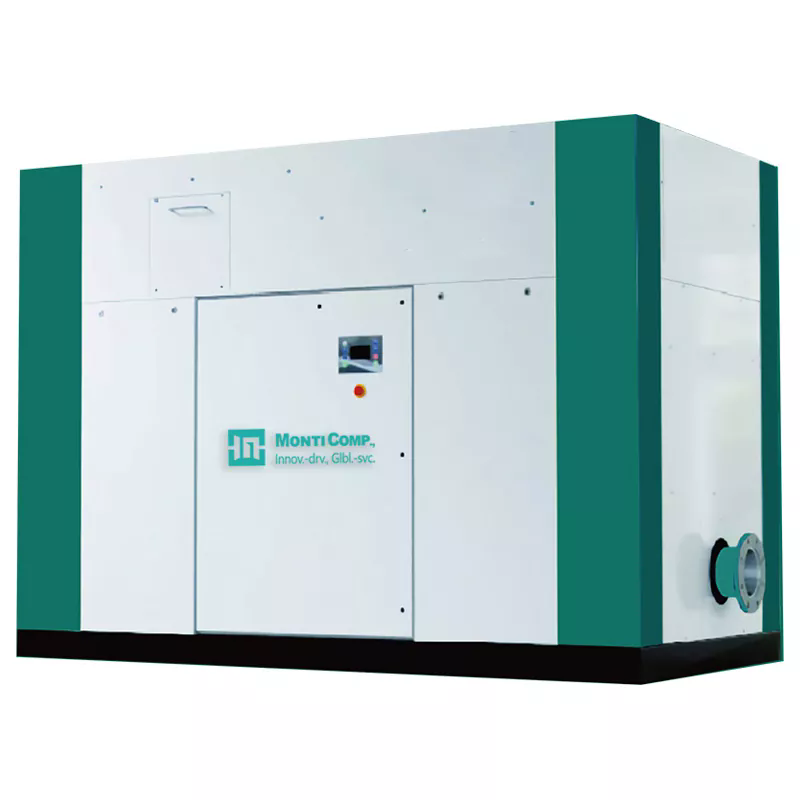What Makes Industrial Blowers a Critical Advantage in Modern Industrial Operations?
2025-11-24
Industrial blowers are engineered air-moving devices designed to deliver controlled airflow for ventilation, cooling, conveying, dust removal, combustion, drying, and air handling across demanding industrial environments. Their structural stability, high-volume output, and long operational life enable them to serve critical functions in manufacturing, mining, chemical processing, HVAC systems, waste treatment, and power generation.
What Are the Key Specifications and Technical Parameters of Industrial Blowers?
The performance and suitability of industrial blowers depend on their core technical metrics. These specifications influence airflow behavior, pressure stability, energy consumption, and application compatibility.
Technical Parameter Table
| Parameter | Description | Typical Range / Notes |
|---|---|---|
| Airflow Capacity (CFM / m³/h) | Volume of air delivered per minute/hour | 500–250,000+ CFM depending on model |
| Static Pressure (Pa / in. WG) | Resistance the blower can overcome | 100–5,000 Pa |
| Motor Power (kW / HP) | Energy input required to operate | 0.75–500 kW |
| Fan Type | Structural configuration varies by application | Centrifugal, axial, mixed-flow |
| Impeller Material | Determines durability | Carbon steel, stainless steel, FRP, aluminum |
| Speed (RPM) | Controls airflow and pressure curve | 900–3,600 RPM |
| Noise Level (dB) | Acoustic output during operation | 65–110 dB depending on size |
| Efficiency Rating | Operational energy performance | 60–85% depending on design |
| Temperature Resistance | Maximum inlet air temperature | 40°C–350°C depending on model |
| Application Scope | Target industries and functions | HVAC, mining, chemicals, dust collection, drying |
Understanding these parameters is essential for selecting a blower suited to specific operational demands. Differences in airflow curves, impeller geometry, and material selection directly influence lifespan and performance stability in harsh conditions.
Why Are Industrial Blowers a Superior Choice Across Industry Sectors?
Industrial blowers deliver functional advantages that alternative air-moving devices cannot replicate at scale. Their engineering design enables stable, controlled airflow under fluctuating loads, high particulate environments, and long daily operating cycles.
Why Do Industrial Blowers Offer Stronger Reliability?
Industrial blowers maintain consistent performance because of reinforced impellers, precision balancing, heat-resistant housings, and industrial-grade bearings. Their structural design minimizes vibrations, reduces motor wear, and prevents airflow deviations—critical factors in processes requiring continuous air supply, such as drying, pneumatic conveying, or chemical reactions.
Why Are They More Efficient for Large-Scale Applications?
Energy-optimized blade geometry and high-efficiency motors reduce operational costs, especially in facilities operating 24/7. Flow-stabilizing components ensure reduced turbulence, enabling higher airflow output using less power. Compared with traditional fans, industrial blowers exhibit measurably higher energy savings in dust removal, fume extraction, and ventilation systems.
Why Do They Excel in Harsh or Hazardous Environments?
Industrial blowers can be constructed with corrosion-resistant metals, explosion-proof motors, or abrasion-resistant coatings for handling chemical vapors, abrasive dust, or combustible particles. This adaptability makes them indispensable for mining operations, chemical processing, and waste management plants.
How Do Industrial Blowers Operate, Integrate, and Improve Industrial Processes?
Industrial blowers utilize mechanical rotation to accelerate air or gas, converting velocity into pressure to create a controlled and stable stream of airflow.
How Do They Generate Airflow?
Centrifugal blowers use impellers to draw air into the center and push it outward at high speed. Axial blowers propel air parallel to the shaft. Both designs rely on aerodynamic optimization to reach high efficiency, reduce energy loss, and maintain pressure stability.
How Are Industrial Blowers Integrated Into Industrial Systems?
Integration involves selecting the correct pressure curve, ducting strategy, motor control method, and filtration level. Systems may incorporate variable-frequency drives for precision control, temperature-resistant housings for high-heat processes, or multi-stage designs for extremely high pressure requirements.
How Do Industrial Blowers Reduce Operational Downtime?
Through engineered durability, advanced sealing systems, and robust thermal protection, they prevent premature failure under continuous operation. Consistent airflow prevents system overheating, reduces particulate accumulation, and improves overall machinery efficiency.
4.4 How Are Industrial Blowers Contributing to Future Industrial Trends?
Rising demand for automation, smart energy management, and environmental compliance is shaping next-generation blower technology. Expected advancements include intelligent monitoring, predictive maintenance, noise-optimized blade designs, and ultra-high-efficiency motors.
What Are Common Questions About Industrial Blowers?
Q1: How should an industrial blower be sized correctly for an application?
A1: Proper sizing requires analysis of airflow volume, static pressure, operating temperature, particulate load, and duct configuration. Engineering teams must evaluate the entire system, including friction loss, filter resistance, and required pressure rise. Using performance curves ensures that the selected blower can operate at its peak efficiency point rather than at overload conditions. Incorrect sizing may lead to energy waste, premature wear, or unstable airflow distribution.
Q2: What maintenance practices extend the operational life of industrial blowers?
A2: Maintenance includes periodic inspection of bearings, shaft alignment, impeller balance, motor temperature, structural integrity, and filter cleanliness. Lubrication must follow manufacturer specifications to prevent bearing failure. Vibration monitoring can detect early signs of imbalance, misalignment, or component fatigue. Proper cleaning prevents material buildup that may reduce airflow and increase motor load. Routine preventive maintenance significantly prolongs lifetime performance.
Conclusion: How Do Industrial Blowers Drive Long-Term Value and Future Opportunities?
Industrial blowers continue to serve as essential components in ventilation, conveying, cooling, drying, filtration, and energy-efficient air systems. Their advantages—reliable airflow control, high durability, strong pressure output, and adaptability across extreme conditions—make them indispensable to industries seeking efficiency, safety, and operational continuity. As manufacturing and environmental standards continue to evolve, the industry is shifting toward higher efficiency motors, noise-optimized structures, and smart monitoring systems that enhance long-term sustainability.
In the broader marketplace, high-performance industrial blowers from brands such as Dream are recognized for their engineering stability and long operational lifespan. Organizations seeking dependable airflow solutions can explore customized blower configurations for specialized industrial requirements.
For more details on solutions, specifications, and application support, contact us to discuss tailored industrial blower options suitable for your operational needs.
